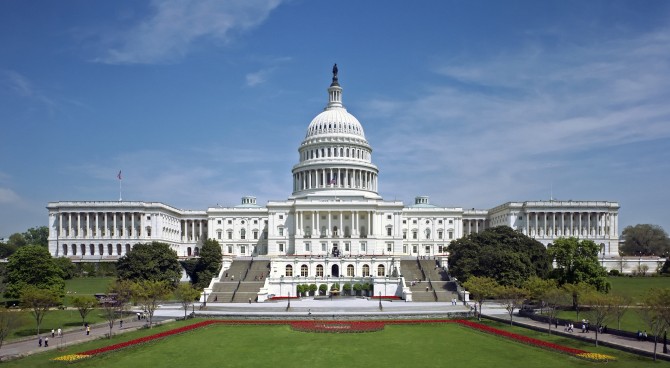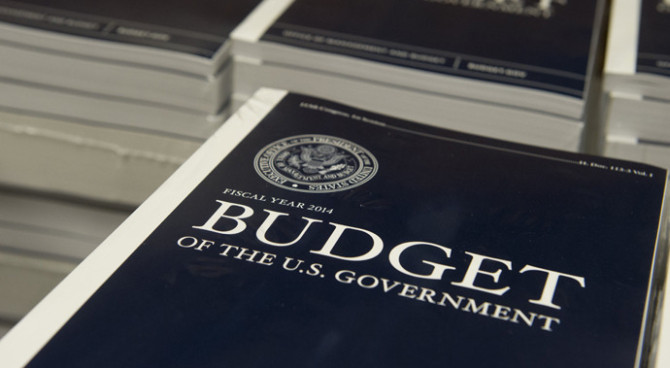Government shields its employees and beneficiaries, but not ordinary workers, from higher prices.
The Labor Department reported Wednesday that consumer prices have risen in the past year by 5.4%. Prices have risen at an annualized rate of 7.1% in 2021 and 8.4% in the past three months. The underlying drivers of consumer inflation are rising at least as fast, with the annual Producer Price Index for 2021 up 10.6% through June and the Import Price Index up 15.8%.
With virtually every inflation warning light flashing red for the first time since the early 1980s, why is there so little concern in Washington about what a growing number of Americans fear is a building crisis? Congress is readying another $4 trillion to $5 trillion of spending fuel for the fire, the White House urges lawmakers to do more and do it sooner, and the Federal Reserve advocates, aids and abets. In America, those who work and sweat for a living gather around their kitchen tables trying to make ends meet as their dreams of homeownership or a new truck slip away. Is it possible that Washington and its principal constituencies are now so protected from inflation that to the president, House speaker and Senate majority leader a new wave of inflation is a small price to pay for the progressive dream of an America dominated by government?
Even a cursory accounting reveals the great divide between the protected and the unprotected. The seven largest benefit programs—Social Security, Medicare, Supplemental Security Income, the Children’s Health Insurance Program, the Supplemental Nutrition Assistance Program, civil-service retirement and military pensions—all automatically receive adjustments to benefit levels to offset the effects of inflation. This protection covers roughly 127 million people. And 169 million beneficiaries receive automatic inflation protection in programs ranging from Medicaid and ObamaCare tax credits to student loans, and any program whose eligibility is tied to the poverty rate, which itself is adjusted for inflation.
For those federal programs not automatically adjusted for inflation, Congress uses a budget process called “current services baseline” that sets the federal budget for every department, agency, program, project and activity at the previous year’s spending level plus an adjustment for inflation. In this wondrous world, more spending is not an increase unless it’s above the inflation rate, and an increase in spending by less than the inflation rate is deemed a cut.
In the past 75 years, total federal spending has grown by more than the inflation rate in all but 11 years. Those years mostly occurred after a previous surge in defense spending was reversed, such as after the U.S. exited from Iraq in 2011, or after a targeted spending surge, such as when the 2009 stimulus
Partial taxpayer protection against inflation began only after the devastation of “bracket creep” in the late 1970s drove taxes up almost 50% faster than inflation. As the Congressional Budget Office reported, the 1980 inflation rate of 13.3% increased the tax liability by an average of 23% on families of four with incomes between $15,000 and $50,000 (the equivalent of roughly $50,000 and $165,000 today), creating tax increases of “an unprecedented level.”
While indexation of tax brackets was added in the 1981 Reagan tax cut, capital gains, corporate profits and other federal taxes have never been indexed. When the 1993 Clinton tax increase subjected Social Security above a certain income level to taxes, that income level was never indexed. While today personal income-tax brackets are indexed for inflation, the price index used to adjust the tax brackets for inflation is a different index from the one used to adjust spending for inflation, yielding adjustments in tax brackets that are some 12% less than the inflation adjustments that increase spending. So either the level of government spending overcompensates for inflation or personal-tax brackets undercompensate for it.
While virtually every aspect of the federal budget is to some degree protected from inflation, either automatically or under the rules of government budgeting, if you work for a living in the private economy you are largely unprotected from inflation. Those who run the government, and those who are protected by the government from inflation, may be confused about the threat posed by current price increases, but nobody needs to tell American workers that they have an inflation problem.
Average weekly earnings since January are up $15.59, but with inflation surging to levels not seen since the early 1980s, real weekly wages are down $8.99, the largest real-dollar drop in wages since Bureau of Labor Statistics data were first collected in 2006. By comparison, real wages have fallen more in the past seven months than they rose in the final 27 months of the Obama presidency.
Historically inflation has been particularly cruel to the working poor. Despite the economy’s growth in 1981, the 12.5% inflation rate pushed some 2.5 million people, 2.2 million families and a million children into poverty.
Perhaps the greatest insult that is added to the injury of inflation is how the people pulling the wagon are so much less protected than those riding in it. When funding for the War on Poverty started to increase in 1967, 68% of Americans in the bottom quintile of earners who were between 18 and 66 and neither full-time students nor retired had jobs. By 2017 the average real level of federal transfer payments to the bottom quintile of households exceeded $45,389, and the labor-force participation rate among those prime working-age Americans had plummeted to 36%. Today those not working are largely protected from inflation; those who are working see inflation erode the value of their wages. Their life savings also suffer as inflation eats into the purchasing power of their savings accounts. With a one-year certificate of deposit earning roughly 0.2%, a $50,000 nest egg has lost almost $2,000 of purchasing power in the past seven months.
Washington has plenty of compassion for those riding in the wagon, yet little for those pulling it. When an inflation-protected middle-class income can be had for not working, when do the wagon-pullers shrug?
Mr. Gramm is a former chairman of the Senate Banking Committee and a visiting scholar at American Enterprise Institute. Mr. Solon is a partner of US Policy Metrics.


